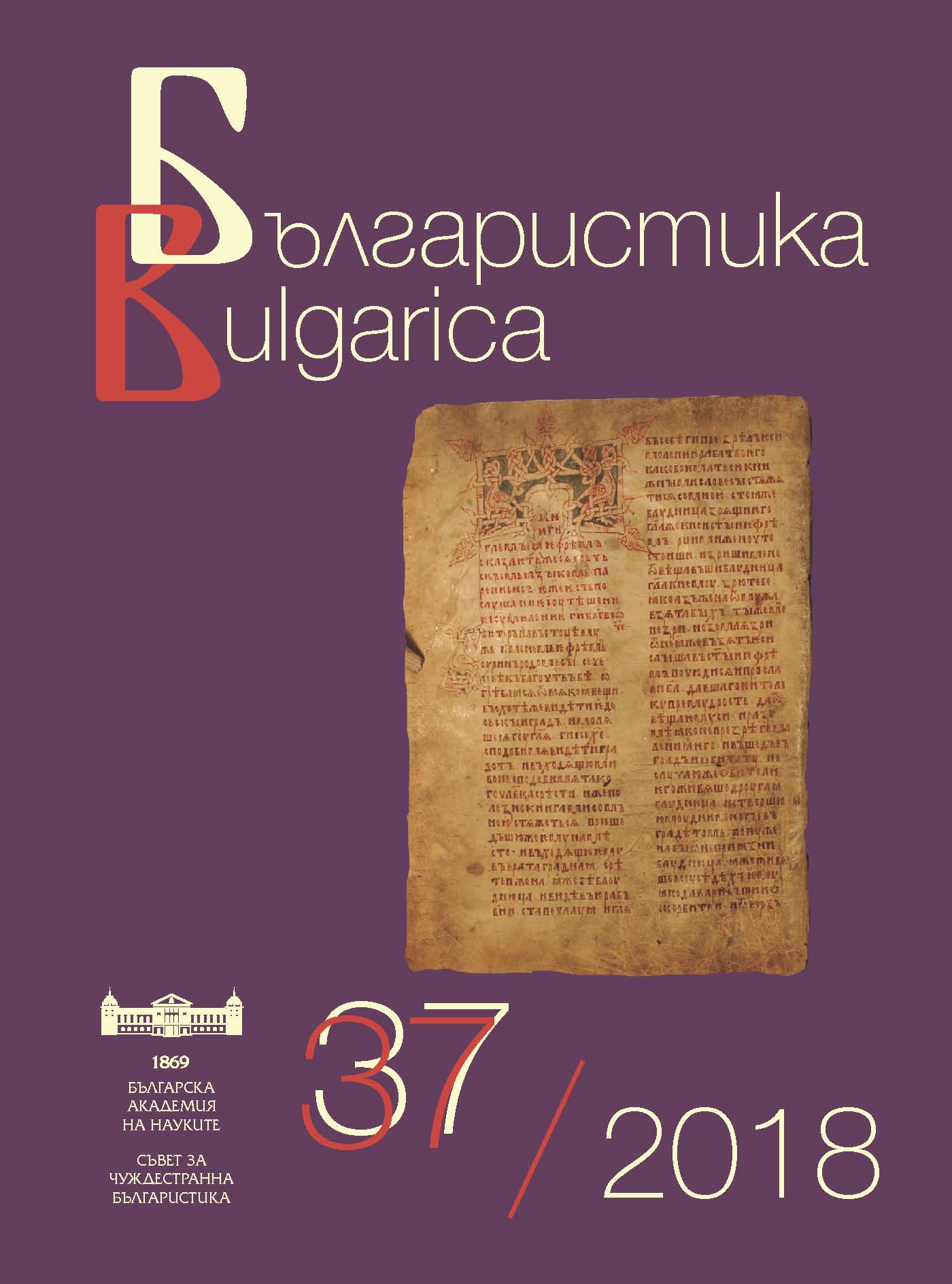
We kindly inform you that, as long as the subject affiliation of our 300.000+ articles is in progress, you might get unsufficient or no results on your third level or second level search. In this case, please broaden your search criteria.


Data about scientific events in the field of the humanities in Bulgaria in 2018.
More...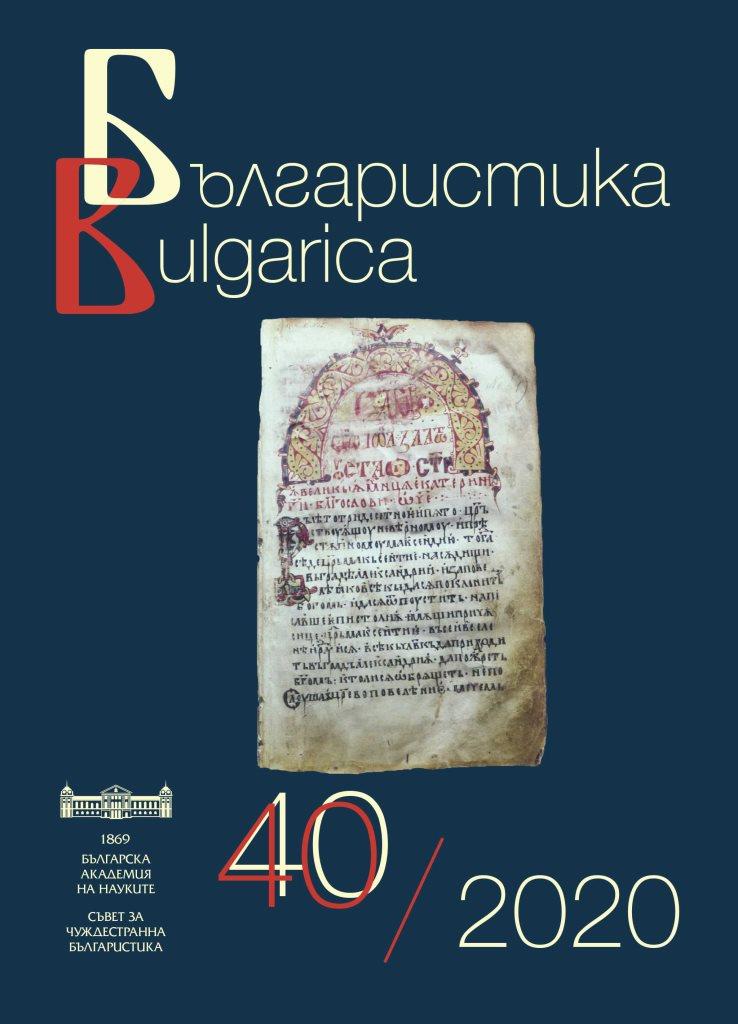
Selected bibliography in the field of Bulgarian Studies published in the current year
More...
This paper represents a continuation of the previous publication “The Musical Instruments in the Early Vernacular Translations of the Psalms. Collective Research” (Museikon, 3, 2019, p. 67-140), henceforth abbreviated as Musical Instruments… 2019. The study will be continued in the next issue of Museikon (5, 2021), covering more languages and furthering the discussions.
More...
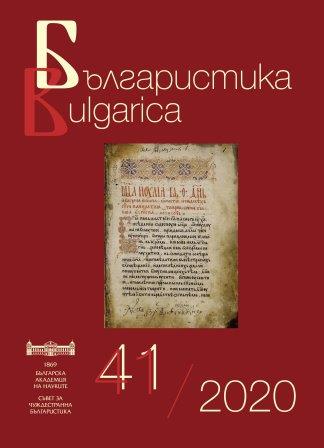
Selected bibliography in the field of Bulgarian Studies published in the current year
More...
Selected bibliography in the field of Bulgarian Studies published in the current year.
More...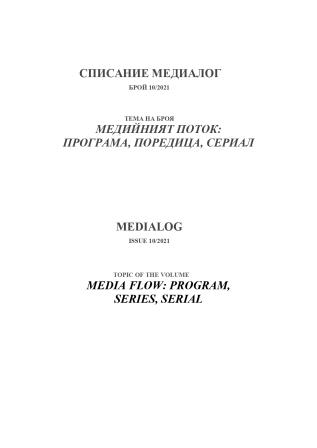
The dual broadcasting system in the six Western Balkan countries puts challenges but also creates opportunities to increase the diversity of the TV program. The paper aims to answer the question whether there is a variety of television content provided by the public broadcasters to the audiences in the Western Balkans. Their public mission obliges them to provide access to programs on diverse topics for all target audiences, including ethnic minorities and people with disabilities.
More...
The study presents the contributions of Raina Katsarova (1901-1984) - one of the pioneers in establishing the Bulgarian traditional music in the first specializated music programs on Rodno Radio and Radio Sofia. It presents a researcher with experience in field work and thousands of recordings of traditional music, with publications of song collections and academic works, but also a citizen, cultural figure, public activist, media figure. The activities of Raina Katsarova as an educator, music journalist and media critic are discussed; her talks and song tales on the radio; her activities in defense of faith and rituals in the media of totalitarian Bulgaria; her role in publicizing Bulgarian traditional music on air around the world as an ambassador of Bulgarian culture, folklore and science. It is concluded that the traces of her activity in the media cover the history of Bulgarian radio, understood in the middle of the twentieth century as a public good and cultural force. It is clear to everyone that music on the radio matters. Raina Katsarova's radio appearances show how ethnomusicology is also important in and for radio.
More...
In the end of September 2021 one of the celebrations of the academic community took place – colleagues and friends congratulated prof. Lilyana Deyanova with the publishing of the anniversary anthology ‘Time and Memory’. Compilers and organizers of the academic celebration are Maya Grekova, Petya Kabakchieva, Momchil Hristov, Milena Yakimova.
More...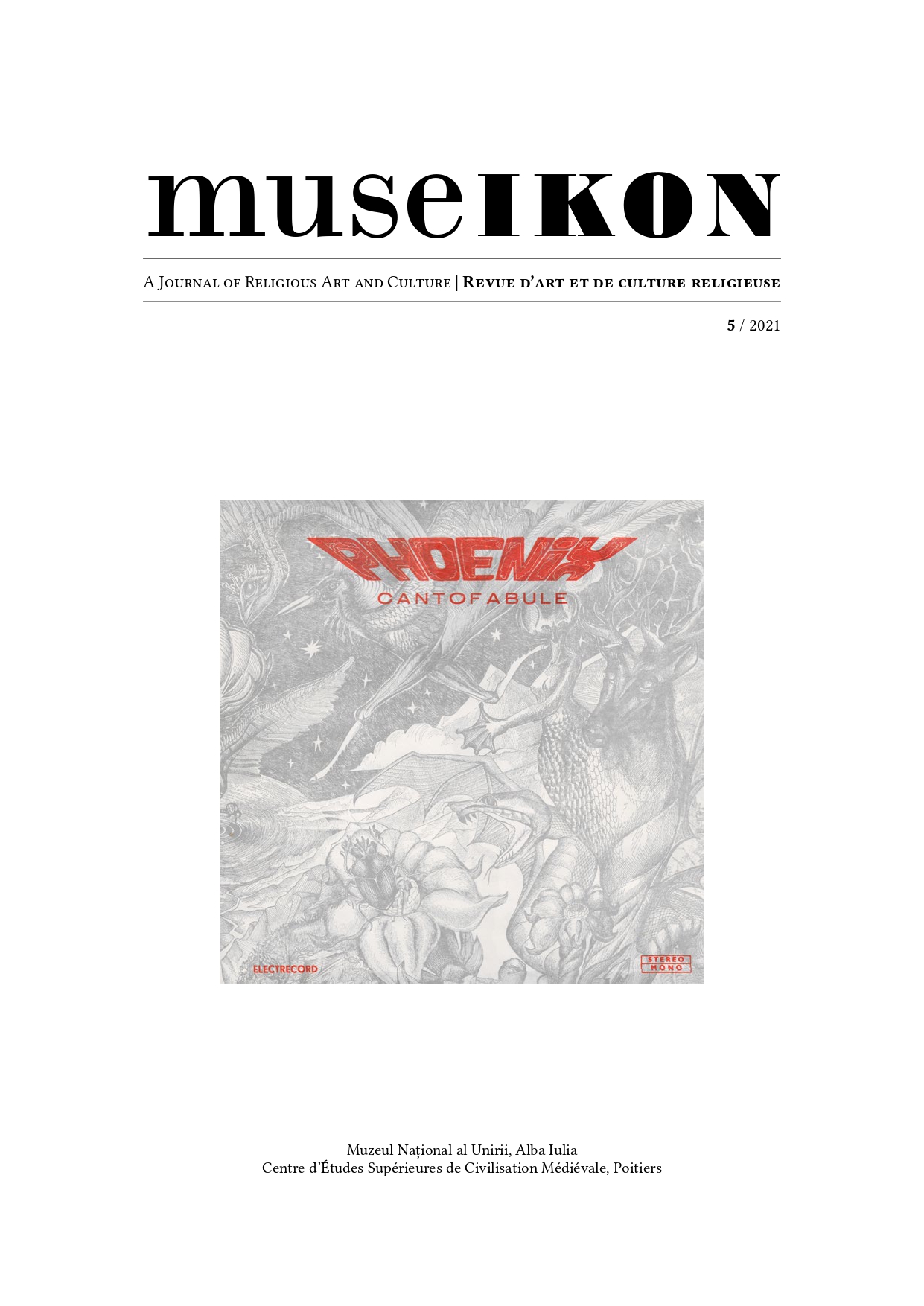
L’étude collective de cette inscription s’inscrit dans lecadre du projet erc Starting Grant graph-east (2021-2026), financé par le programme de recherche et d’innovationHorizon 2020 de l’Union européenne dans le cadrede la convention de subvention n° 948390. Son but est d’étudier les inscriptions et graffitis en alphabet latin de la Méditerranée orientale, de la Grèce à l’Égypte en passantpar la Turquie, la côte syro-palestinienne et Chypre, du VII au XVI siècle.
More...
Philologists and medievalists rarely deal with the subject of contemporary Pop-Rock or Folk music. When they do it, they usually fall prey to a certain form of medievalism. The current section of Museikon follows a completely different approach. The pairing of interviews with memoirs and the introduction shaped in the form of an actual scientific study have the sole purpose of launching an experiment in the history of culture. The case study is a 1976 album of the Romanian Rock group Phoenix. The state owned record company Electrecord made a mistake, releasing it as Cantofabule, even though its correct title was Cantafabule or Bestiar. It had traditional- and medieval inspired lyrics, but most of all, it was the result of artistic synergy. A collective work of sorts, much in the manner of the medieval manuscripts of old.
More...
Born in 1951 in Timișoara, Elisabeth Ochsenfeld lives today between Heidelberg (de), Frankfurt am Main (de) and Wolfsberg / Gărâna (ro). She graduated the Faculty of Fine Arts, University of Timișoara, in the class of Professor Leon Vreme (1973); she directed the Art Group—Studio 35 in Timișoara(1974-1980) and has had, from 1973 to date, several exhibitions of painting, drawing, mixed media, photography, and illustrations, being also the curator of a large number of exhibitions and artistic events. In 1975 she finalized the drawings for the cover of the double LP Phoenix Cantafabule based on an idea of Valeriu Sepi. She immigrated to Germany in 1986 and soon thereafter became a graphic artist for the project Rock Carvings and Inscriptions along the Karakorum Highway at the Heidelberg Academy of Sciences and Humanities (1987-2012). Her works are displayed in galleries, museums and private collections across Germany, Romania, England, the Netherlands, France, Italy, Austria, Ukraine, Hungary, Belgium, Israel, Greece, Sweden, Pakistan, Finland, South Korea, the USA, and Canada. She is the founder of Arthouse Wolfsberg / Gărâna and a member of the Association of Professional Artists in Germany, the International Women’s Cultural Federation, Freeinterartists, and Contemporanii.
More...
Andrei Ujică est né à Timişoara en 1951. Il a étudié les lettres modernes à l’Université de Timişoara avant de poursuivre ses études à Bucarest puis à Heidelberg. Depuis 1968, il publiedes textes en prose. Il a été impliqué dans la création desdeux lp du groupe Phoenix – Mugur de fluier (‘Bourgeon deflûte’, 1974) et Cantafabule (‘Chantefables’, 1976). En 1981, ila immigré en Allemagne. À partir de 1990, il s’oriente vers lecinéma et codirige avec Harun Farocki Videogramme einer Revolution (‘Vidéogrammes d’une révolution’, 1992) et Kameraund Wirklichkeit (‘Caméra et réalité’, 1992) – deux filmssur la révolution roumaine de 1989. Out of the Present (1995) raconte l’histoire du cosmonaute Sergueï Krikalev, qui apassé dix mois à bord de la station spatiale Mir, alors que surterre, l’Union soviétique cessait d’exister. Suivent le court métrage2 Pasolini (2000) et le long métrage Unknown Quantity(2005). Depuis 2001, il est professeur à l’Université de Karlsruhe.Il a fondé le ZKM (Zentrum für Kunst und Medien) Filminstitut.‘L’Autobiographie de Nicolae Ceauşescu’ (2010), présentéeen sélection officielle à Cannes, est un long métrage demontage où les images d’archive sont présentées selon la perspective du dictateur. Actuellement, il prépare un film partiellementbasé sur des images d’archive et consacré auxévénements des 15 août 1965, date du célèbre concert des Beatles sur Shea Stadium à New York
More...
L’article présente l’histoire des fouilles archéologiques polonaises à Faras, au Soudan, dans le contexte des changements politiques de la seconde moitié du xxe siècle, à partir des découvertes qui ont eu lieu avant quele professeur Kazimierz Michałowski ne commence les fouilles archéologiques en 1961. Les recherches des archéologues américains (1907-1910), allemands (1907-1908) et britanniques (1911) sont discutées par la suite, demême qu’une documentation iconographique, suivie par les différentes étapes des découvertes de la cathédralede Faras et des peintures murales au cours de quatre campagnes archéologiques polonaises, achevées en 1964, enrelation avec l’activité de Kazimierz Michałowski. La suite concerne l’histoire et la manière dont le professeur Michałowski a annoncé ses découvertes au Soudan, ainsi que les expositions individuelles, voire temporaires, dans les pays européens, surtout au Musée national de Varsovie, et une exposition permanente préparée dans lacapitale de la Pologne en 1972. L’article étudie aussi la manière dont le régime communiste a influencé la présentation des découvertes et comment les Polonais ont souhaité présenter l’art chrétien pendant la répression du Catholicisme dans leur pays, à une époque dominée par la censure de toutes les expositions et publications scientifiques. En conclusion, cette recherche évalue les résultats de l’étude scientifique des monuments fouillés lors des campagnes archéologiques, et propose la vérification (à l’avenir) de la datation des pièces polychromes, de mêmequ’une discussion de l’ensemble du programme iconographique de l’intérieur de la cathédrale de Faras.
More...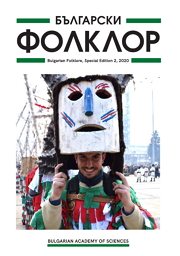
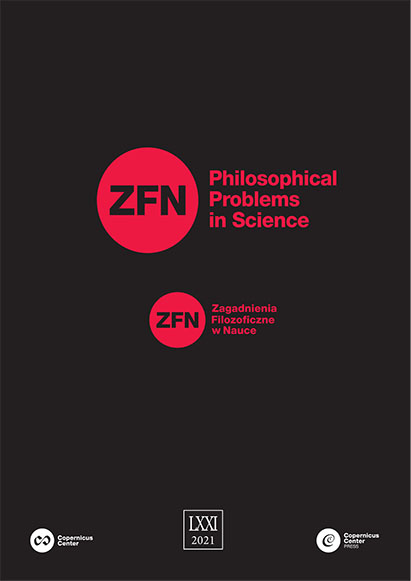
Analytic description, according to members of the Lvov-Warsaw School (LWS) like Czeżowski, Ajdukiewicz, Ossowska, Tarski is a powerful and an indispensable tool, not only in philosophy but also in any natural science – in psychology especially. It should be equally respected together with empirical analysis and even it is recommended that it should precede any further research. Therefore, the book Analiza i konstrukcja: o metodach badania pojęć w Szkole Lwowsko-Warszawskiej [Analysis and construction: on the methods of researching concepts in the Lvov-Warsaw School] can be recommended to philosophers as well as scientists.
More...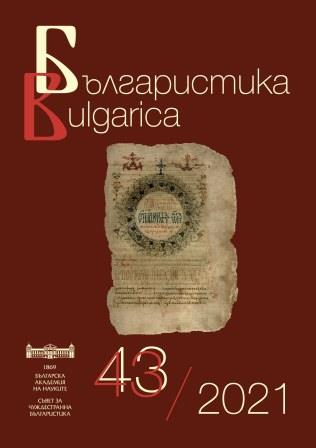
Selected bibliography in the field of Bulgarian Studies published in the current year.
More...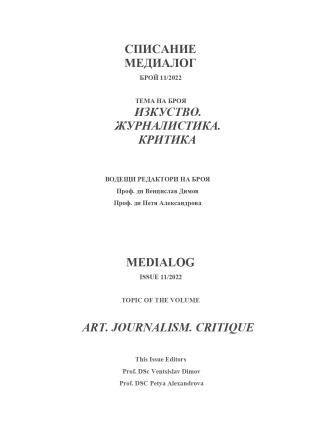
The edited volume 'The Question of Justice. The Prosecuted Journalists in Bulgaria' (University Press 'St. Kliment Ohridski', 2022) with interviews, articles and commentaries, edited by Prof. Snezhana Popova and Assoc. Prof. Zhana Popova, is a valuable contemporary chronicle that fits into the history of Bulgarian media and journalism.
More...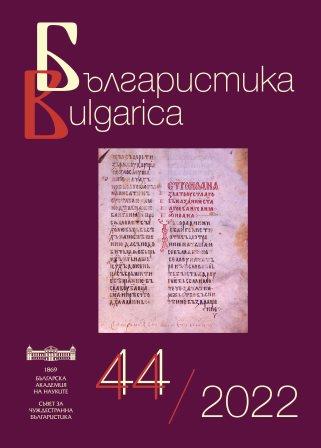
Data about scientific events in the field of the humanities in Bulgaria in 2015Content of the main Bulgarian scientific journals for the current year in linguistics, literature, history, folklore, ethnography, archaeology and art studies.
More...